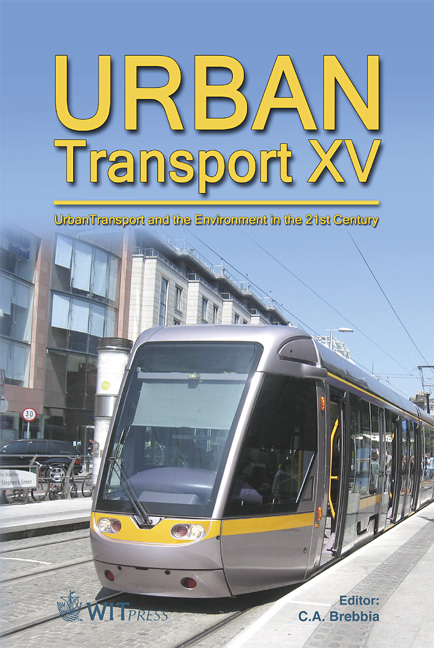Integration Of Traffic Flow Relations In A Simulation Environment
Price
Free (open access)
Transaction
Volume
107
Pages
9
Page Range
117 - 125
Published
2009
Size
319 kb
Paper DOI
10.2495/UT090121
Copyright
WIT Press
Author(s)
M. Reinthaler & J. Zajicek
Abstract
An essential part in modelling traffic systems is to analyse and map the traffic demand. Taking one traffic mode and defined time periods into consideration the traffic demand is defined by traffic flows. Establishing traffic flow and origin– destination (OD) relations is based on different data sources and methods. The technology employed in order to make use of mobile traffic participants as sensors is referred to as Floating Car Technology. The navigation system, the mobile phone or the car itself can serve as the mobile sensor to supply Floating Car Data (FCD). Arsenal research has done several projects and analysis on FCD and is cooperating with taxi fleets to process FCD for additional benefits. One field of application is setting up OD matrices for integration in simulation environments. The calculation is based on FCD for a defined period. The system establishes the geographical relation to the traffic model and the chronological context to defined scenarios. The publication describes the method and a field trial of the system with available taxi data to find origin–destination relations for a microscopic model. The evaluation of results in quality and quantity and the integration of calculated traffic demand in a simulation environment are specified. Keywords: traffic modelling, traffic simulation, floating car data, traffic demand, traffic flow, origin destination matrices.
Keywords
traffic modelling, traffic simulation, floating car data, traffic demand, traffic flow, origin destination matrices





